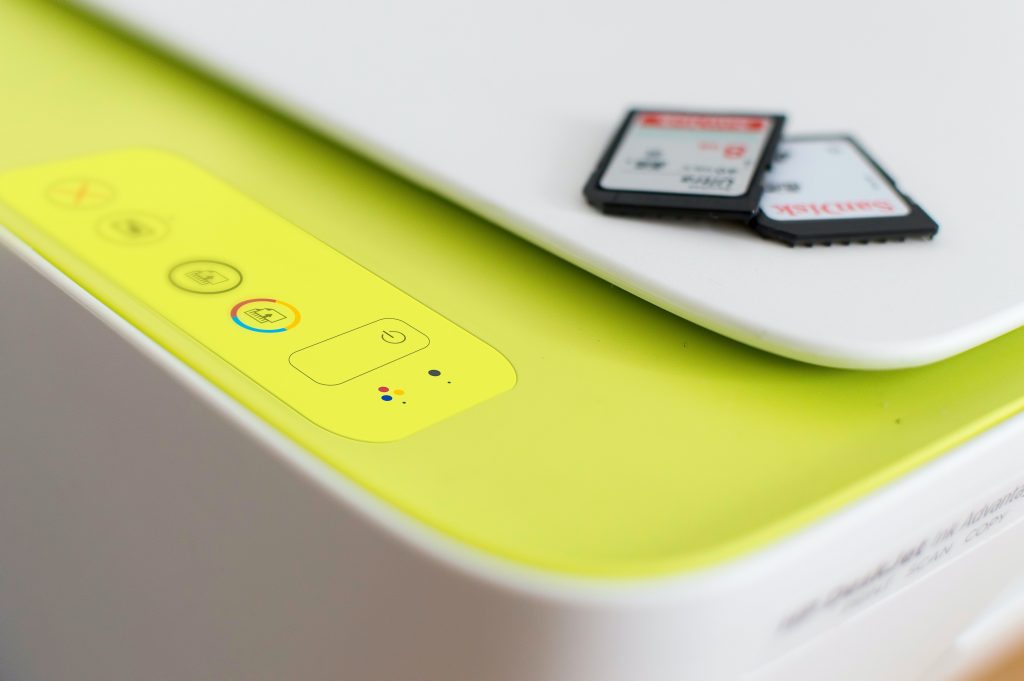Technology, Solutions and Innovations
Ensuring Your Devices Don’t Cause A Breach When You Get Rid Of Them
From laptops to thumb drives, they have all of the personal and proprietary information digitally stored. As the demand for upgrades continues to increase, the devices are often traded in for better, faster and more efficient items. Getting rid of the data that is on the old devices involves more than just deleting files and folders, and without taking the proper precautions this information can be easily accessed.
Criminals are very aware that technology that is traded in or donated may contain a wealth of information that is ripe to breach. According to glasscpa.com:
“With the cost of data breaches estimated at an average of $5.4 million per incident, businesses need to be diligent in securely destroying data stored on digital devices, such as fax machines and routers.
Here are a few of the most commonly overlooked digital devices that could create the risk of a security breach:
- Old hard drives.Many discarded or unaccounted for hard drives contain confidential and recoverable information.
- Copy machines. The latest generation of digital copiers has a hard disk that can often include sensitive information such as Social Security numbers and account numbers.
- Fax machines. They contain hard drives that store data from each document they transmit.
- Routers. Pirates using your Internet connection can not only slow down your connection, they can also gain access to confidential information.
- Mobile devices. Businesses must put “Bring Your Own Device” or BYOD and mobile device policies in place to protect against the potential risk of a stolen or missing mobile device.
What deleting a file/folder does:
Digital information is stored on a device so that the operating system can recognize the data using “start and stop” markers. When you indicate to the system to delete a file or folder, the only thing that it does is remove those markers. The data is actually still there and as long as it isn’t overwritten, it can be accessed by simply adding those markers back in.
Steps to take to permanently remove data:
The best way to ensure that none of the information on any technology will be retained is to make use of a professional data destruction company. They will analyze the various devices, consult to get an idea of what a business wants to do with the devices, and make recommendations on what methods will fit for the ultimate purpose. There are a number of ways to destroy all of the data on a device, including:
- Delete/Reformat
- Wipe
- Overwriting data
- Erasure
- Degaussing
- Physical destruction (drill/band/crush/hammer)
- Electronic shredding
- Solid state shredding
Most IT Departments will let you know that none of these methods are 100% perfect but they will help to keep a majority of priority company information from being breached.
References:
https://www.glasscpa.com/digital-device-data-storage-could-equal-a-security-breach/
https://www.dataspan.com/data-center/data-eradication-destruction-services/
Sharon Knowles
Da Vinci Forensics PTY LTD
davinciforensics.co.za
CELL: +27 82 5787 103
FAX: +27 86 5240 149
Please join us on Facebook follow us and rate our service. If you are on LinkedIN we would appreciate your support and review.






 Sign-up and receive the Business Media MAGS newsletter OR SA Mining newsletter straight to your inbox.
Sign-up and receive the Business Media MAGS newsletter OR SA Mining newsletter straight to your inbox.